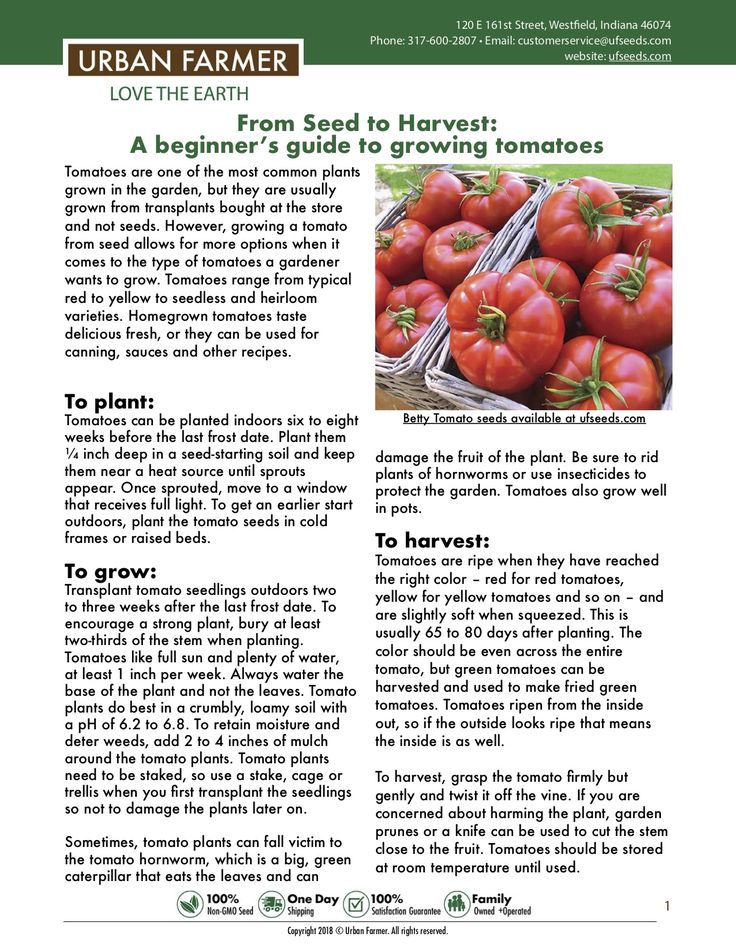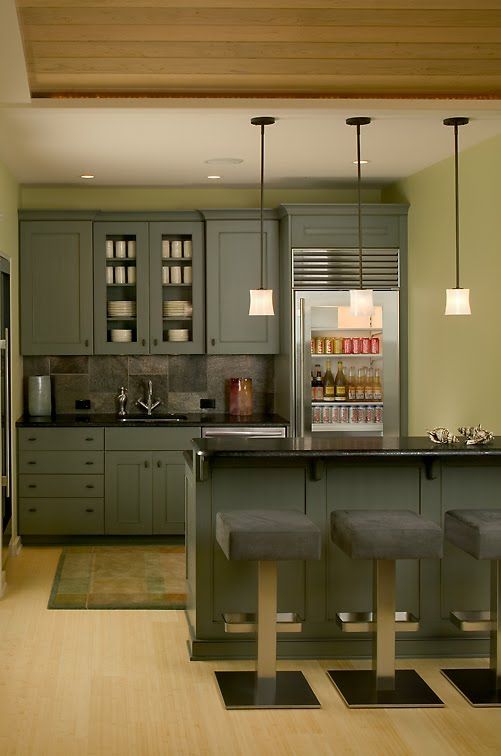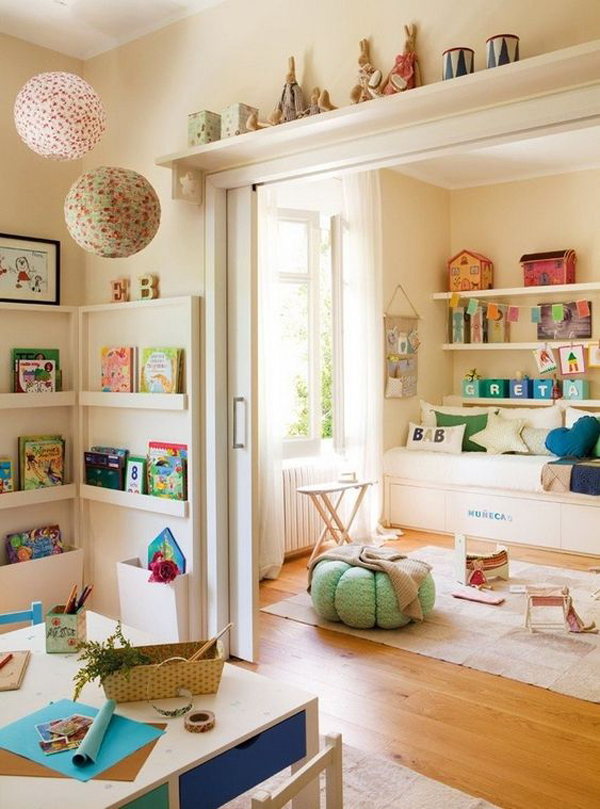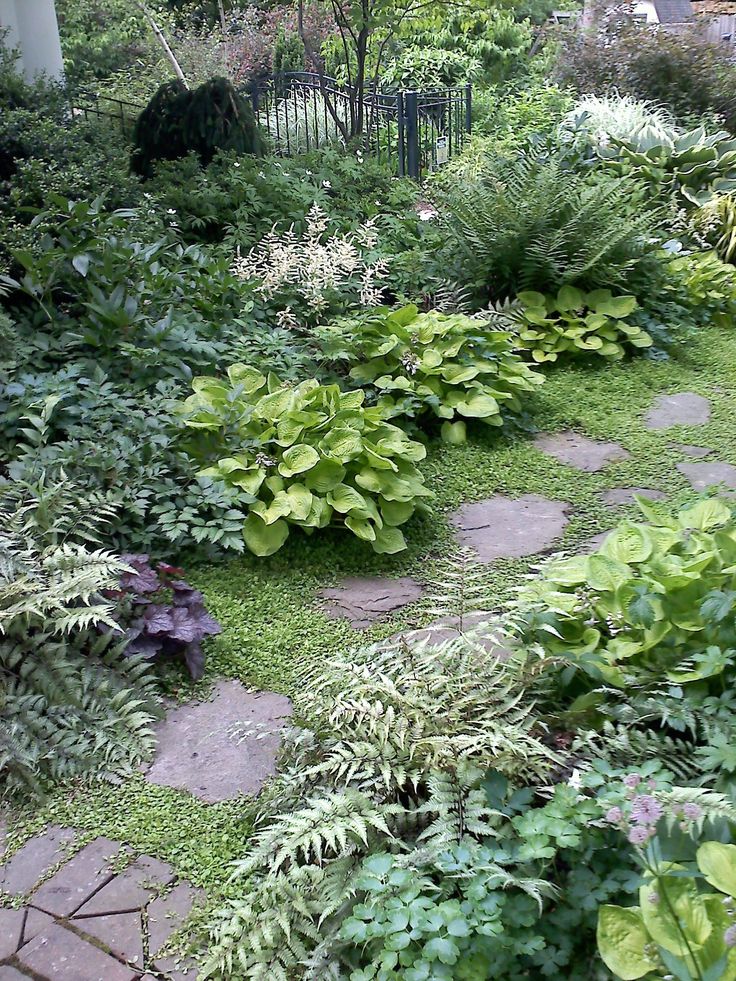What not to plant with tomatoes
7 Plants To Never Grow Near Your Tomatoes
Whether you’ve experienced it yourself, or know someone who has, you likely understand how awful a bad neighbor can be.
Out in the garden, your tomato plants feel the same way (not about your neighbors – they’re probably impartial – but theirs).
The neighbors of your tomato plants can have a massive impact on their health. There are fantastic companion plants that help deter pests and improve health. The tomatoes may even help these plants out in return.
We’ve written about plants you should grow next to your tomatoes here.
You probably already know that planting marigolds with tomatoes is a good idea.
Get yourself as many marigold plants from the garden center as you can and interplant with your tomatoes.Then there are awful companion plants that do everything in their power to bring your tomatoes down.
Avoid the bad neighbors, plant some of the good ones, and you’ll be on your way to happier and healthier tomato plants.
Plant Incompatibility
Unfortunately, as much as we try to ensure all our plants play nice, some just don’t mix well.
This is often because the plants have different growing conditions. A plant that prefers moist soil will not be happy next to a plant that requires minimal watering.
Two plant neighbors should have similar light requirements too and shouldn’t obstruct each other’s light source (tomatoes are often guilty of this problem).
The same goes for fertilizer – one nutrient-hungry plant could damage a neighbor that doesn’t need fertilizing as often.
However, some plants are so incompatible, they actively harm each other. They may attract certain pests that target the neighboring plant, or emit chemicals that inhibit the growth of the other. Two plants may share diseases, or alter the components of the soil to decrease nutrients and negatively impact flavor.
You don’t want a bad neighbor to ruin all your hard gardening work. Avoid placing these seven plants anywhere near your tomatoes to save yourself the trouble.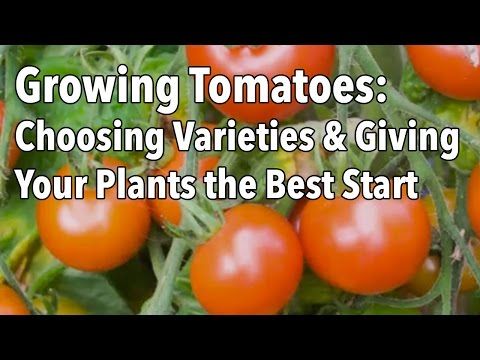
7 Plants To Keep Away From Your Tomatoes
1. Cabbage
Cabbage, and all relatives of cabbage in the brassica family (broccoli, kale, etc.), should never be planted next to tomatoes. In the gardening world, they are considered sworn enemies, because brassicas inhibit the growth of the tomato plants.
Cabbages are heavy feeders and need plenty of nutrients throughout the growing season. Tomatoes are often considered heavy feeders too, but in comparison with cabbage, they tend to lose the competition.
When these two plants are grown next to each other, the cabbages will take up most of the soil nutrients, leaving little left for the tomatoes. The plants will not grow to maturity, and may not even produce fruit, making your tomato planting efforts completely futile.
2. Corn
Another tomato enemy problematic for a different reason, is corn.
Corn earworm is one of the most destructive corn pests around. The larvae of this moth, with the scientific name Heliothus zea, feed on all parts of the corn ear, completely decimating the crop.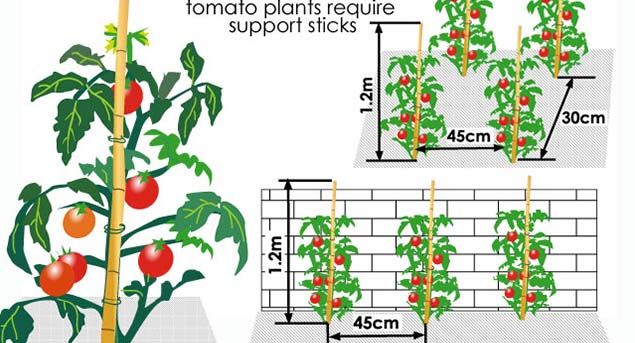
But these moths aren’t only a problem for corn plants.
Heliothus zea has another common name – tomato fruitworm.
These same larvae tunnel into the tomato fruits and eat parts of the leaves and stems. Once they have burrowed into the fruit, they feast on the flesh from the inside out, making it completely inedible. They are also incredibly difficult to remove once they have burrowed as they can’t be treated directly.
Place corn and tomatoes next to each other, and you’ll create a corn earworm/tomato fruitworm heaven. It’s like an invitation for the pests to your garden, decreasing the likelihood of a successful corn and tomato harvest.
3. Fennel
Tomato and fennel aren’t friends. In fact, fennel doesn’t have many friends in the garden. Most gardeners suggest fennel should be planted on its own or in a pot, as it is incompatible with several plants in your vegetable garden.
Like some other companion planting suggestions, this incompatible pairing doesn’t have much scientific evidence to back it up, but a lot of anecdotal evidence.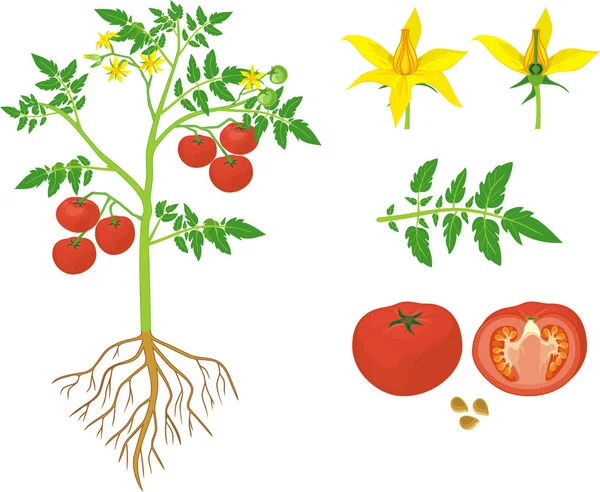
The roots of the fennel are said to release a chemical that inhibits the growth of a lot of plants – your precious tomatoes included.
This relationship seems illogical, since fennel is related to carrots, and carrots are great tomato companions. But it’s best to stay on the safe side, no matter how illogical, for the health of your tomatoes.
4. Dill
They aren’t necessarily enemies, but tomatoes and dill have a more complicated relationship than some other plants on this list.
In the early growing stages, dill acts as an ideal companion plant. It is said to improve tomato growth and repel certain pests, like aphids, that commonly affect tomato plants. However, once the dill plant matures, the relationship turns sour.
Some gardeners report that mature dill plants achieve the opposite results, inhibiting tomato plant growth rather than aiding it.
To make the most of this complex relationship, plant young dill next to your tomato plants and move them to another bed before they begin seeding. Or, if that’s too much trouble, avoid the dill altogether.
Or, if that’s too much trouble, avoid the dill altogether.
5. Eggplant
Although some gardeners suggest eggplant is a good companion for tomatoes, it can cause disease problems that are incredibly difficult to eradicate.
Eggplant and tomatoes are both susceptible to early and late blight.
Early blight affects tomato foliage, creating brown lesions that kill leaf tissue and cause them to drop. While this doesn’t affect the fruits, it can impact growth (fewer leaves mean less energy from photosynthesis) and expose the fruits to damage from the sun.
Late blight also starts in the tomato leaves but can spread to all parts of the plant, including the stem and fruit.
Tomato blight can destroy your harvest.Planting eggplant and tomatoes together increases the chances that blight will spread to both plants, ruining your harvest. As blight can remain in the soil, it is also recommended to avoid planting eggplants in the same soil after tomatoes, or vice versa, for at least two years.
6. Potatoes
Potatoes and tomatoes are both members of the nightshade family. And, like eggplant, potatoes can cause problems with disease in your tomatoes.
Potatoes and tomatoes are susceptible to the same diseases, many of which are spread through the soil. Planting the two next to each other increases the likelihood that a disease problem with one plant will spread to the other.
If potatoes are planted too close to the tomatoes, the harvesting process can also damage the tomato roots, potentially inhibiting growth and causing blossom end rot.
7. Walnut
It may be a less likely combination, but a walnut-tomato duo is the most potentially damaging to your tomato plants.
Walnut trees are considered allelopathic. Allelopathy, a term coined by Austrian professor Hans Molisch in 1937, is a process where plants release chemicals that influence the growth of surrounding plants.
The walnut tree is the most often cited allelopathic plant as it produces juglone, which becomes a toxin when exposed to oxygen. This inhibits the growth of most plants, but particularly tomatoes as members of the Solanaceae family.
This inhibits the growth of most plants, but particularly tomatoes as members of the Solanaceae family.
It’s why you should never throw walnuts or walnut shells in your compost.
If that wasn’t bad enough, tomatoes are also susceptible to the common disease walnut wilt. Between problems with growth and wilting, it is best to avoid this combination altogether.
These few incompatible plants could spell disaster for your tomato crop when planted together.
Luckily, there are many plants that can grow with your tomatoes. Take a look below for our guide to the best tomato companion plants.
Tomato companion planting: what to grow alongside tomatoes
(Image credit: Peter Cade / Getty Images)
Once you realize the potential benefits of tomato companion planting you can choose the best crops, herbs and flowers to plant alongside tomatoes to help in producing a bigger, healthier and tastier homegrown crop.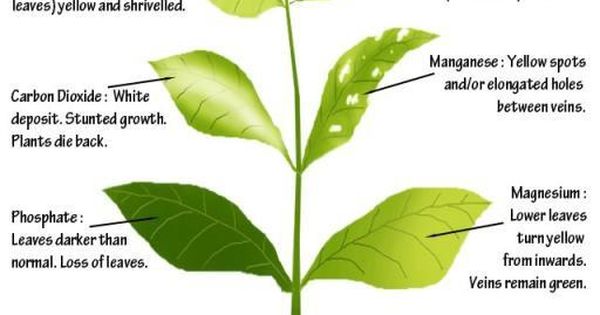
Tomatoes are a popular, versatile choice to grow for the summer, for use in salads and cooking. Once you learn that companion planting tomatoes can help to increase your tomato harvest and deter pests, you’ll be well on the way to ensure a great harvest.
The idea of companion planting is simple: it just involves planting two or more different plants next to each other that are known to benefit one another.
It is easy to learn how to grow tomatoes, but it can be so frustrating to see your carefully tended tomato plants attacked by aphids or whitefly, or destroyed by fungal disease.
Whether you choose to grow your crop outside as part of your vegetable garden ideas, in pots on a patio for a vegetable garden container, or under glass when you are planning a greenhouse, companion planting tomatoes can help.
Tomato companion planting – the benefits
(Image credit: TI Media/Amateur Gardening)
Most of the knowledge around companion planting tomatoes is anecdotal rather than scientifically proven, but it is a case of applying common sense and seeing what works well when planning a kitchen garden.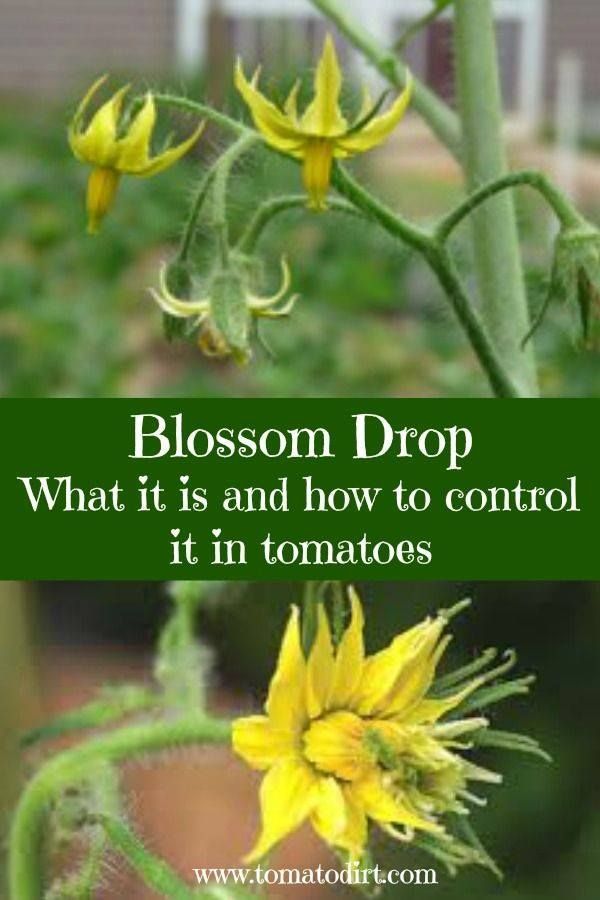
'I’ve experimented in my veg patch and am pretty convinced that several combinations are worth repeating,' says planting guru Sarah Raven .
'Pruning, vigilant weeding and mulch can help protect and manage tomato plants until it's time to harvest, but choosing the best tomato companion plants can do a lot of the work naturally,' says Ron Finley, gardener and community activist whose gardening project is helping to teach communities in Los Angeles how to grow their own food.
Tomato companion planting with particular neighboring plants and flowers can have a number of benefits. These can include improving and adding to the soil nutrients, luring pests away from the tomato plants, or enticing essential pollinators, such as bees and butterflies to the tomato plants. These are all good for permaculture gardening and will help you to create a sustainable garden.
Companion plants can also act to create a better growing environment, whether that is providing beneficial shade, support for growing plants, ground cover or by breaking up the soil.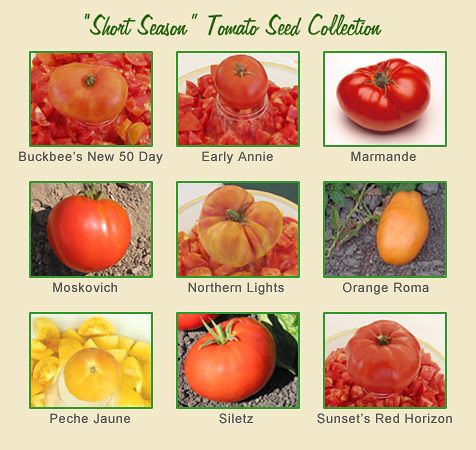
What to plant with tomatoes to keep bugs at bay
(Image credit: Getty Images)
Tomatoes are among the easiest vegetables to grow, but keeping pests off tomatoes can be a challenge as many different types like to prey on the fragrant fruits. Aphids, whiteflies, and other pests like to feed off the nutrients in the tomato plants, leaving them yellow and withered.
Companion planting tomatoes with natural defenders will help to protect them from becoming the feast of pests, and is also a good method for a wildlife garden.
Some companion plants have strong scents that distract or repel pests that could otherwise attack the tomatoes. For instance growing mint helps to repel white cabbage moths, ants, rodents, and aphids, while onion companion planting is known to deter pests with their pungent aroma. Others still can be used as sacrificial, or trap plants, luring the pests to themselves and away from the crops
There are some companion plants and flowers you could include in your productive raised garden beds that attract the predatory insects and creatures that will keep the pest numbers down.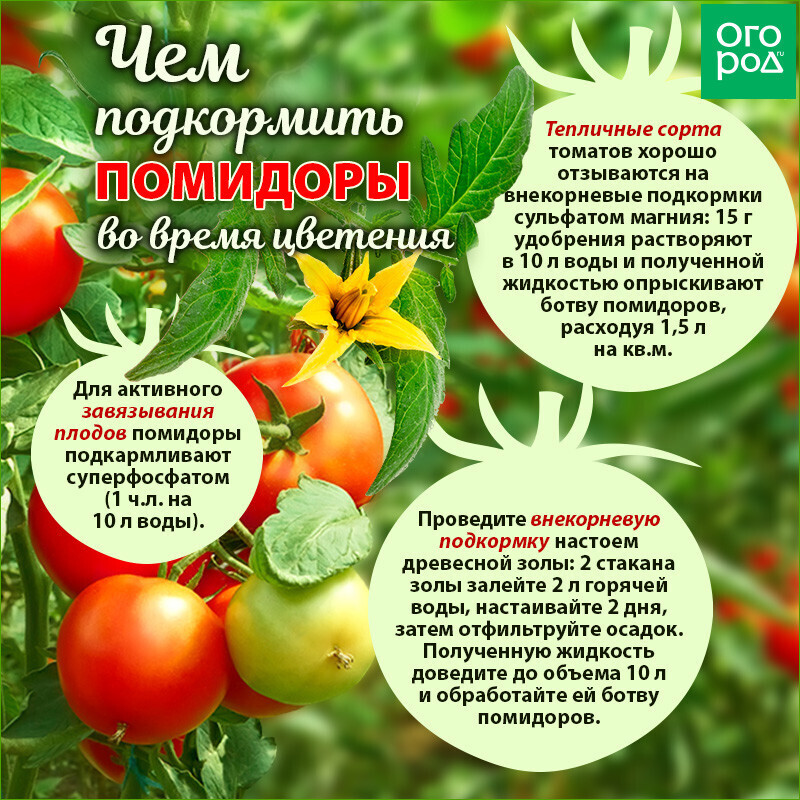 Amaranth, for example, play host to beneficial beetles that will eat the bugs that like to prey on your tomatoes. They are also many vining plants you can choose to grow alongside tomatoes for vegetable garden trellis ideas.
Amaranth, for example, play host to beneficial beetles that will eat the bugs that like to prey on your tomatoes. They are also many vining plants you can choose to grow alongside tomatoes for vegetable garden trellis ideas.
Tomato companion planting with vegetables
(Image credit: Getty Images)
The method of tomato companion planting with a range of different vegetables can have a number of benefits, and if you have a small vegetable garden can make sure you make the best use of space available.
ASPARAGUS 'illustrates the give and take of good companion planting,' says Ron Finley. 'Tomatoes repel asparagus beetles with a chemical called solanine, and asparagus help to clear the soil of root-knot nematodes attracted to tomatoes.'
If you are growing asparagus, then once you have harvested the spears, the bed can be used to grow tomatoes and other companion plants to make good use of the space. Crop rotation is a useful practice for reducing pests and diseases.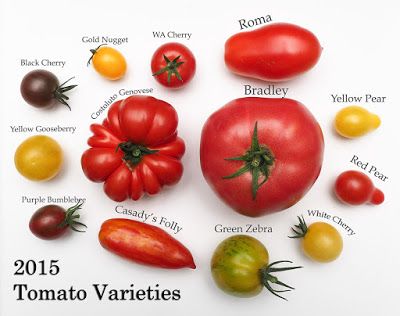
LETTUCE can be slotted into spaces between and beneath tomato plants to create ground cover to retain moisture in the soil and reduce weeds. In return, the shade from tomato plants in summer can help stop lettuce bolting and going to seed.
GARLIC is believed to repel spider mites and other pests with its strong smell. As well as growing garlic for tomato companion planting, a trick for a homemade insecticide is burying garlic cloves 1 inch in the ground around tomato plants.
SQUASH, such as if you choose to grow zucchini, require the same growing conditions as tomatoes so work well side by side. Also the spreading form and large leaves of squash create good ground cover, reducing water loss from the soil.
Companion planting tomatoes with herbs
(Image credit: Getty Images)
Tomato companion planting with herbs has the added benefit that the herbs are useful in the kitchen. You can dot herbs among crops in the veg patch as part of your herb garden ideas, or grow the crops side by side in pots.
Growing BASIL alongside tomatoes works well as the aromatic herb repels insects, specifically flies and hornworms, and is believed to improve yield and also the flavor of tomatoes.
It will also draw whitefly away from the tomatoes.'If you ever have basil in a greenhouse, it will be crawling with whitefly long before the tomatoes succumb,' says Sarah Raven.
CHIVES repel aphids, nematodes and mites.
PARSLEY attracts hoverflies that feed off the pests that attack the tomatoes, and also provides ground cover. It is easy to learn how to grow parsley and you can also enjoy it in many dishes.
THYME attracts a range of beneficial insects and also helps to enhance the flavor of the fruit as it ripens. There are many option for how to grow thyme.
Companion planting tomatoes with flowers
(Image credit: Getty Images)
You can add a pretty element to your vegetable plots by tomato companion planting with flowers.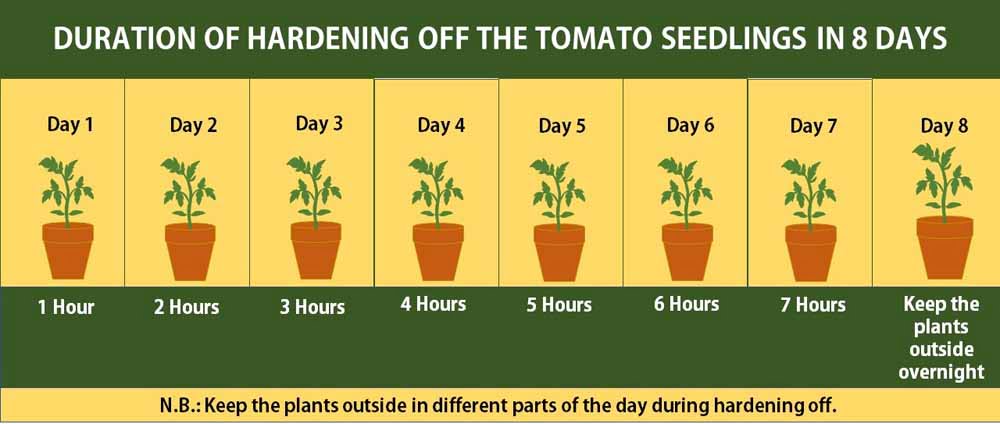 Another option is to add the edible crop among the ornamental blooms as part of your flower bed ideas.
Another option is to add the edible crop among the ornamental blooms as part of your flower bed ideas.
There are many plants for pollinators that make great companion plants for tomatoes.
FRENCH MARIGOLDS repel tomato worm, slugs and general garden pests. Growing marigolds alongside tomatoes has also been shown to dispel root-knot nematodes – parasites that feed off of the nutrients in a tomato’s root system.
NASTURTIUMS ‘are often used as a sacrificial plant so aphids and and black fly attack them but stay away from your precious vegetables,' says Emma O’Neill of Garden Organic . It's worth knowing how to grow nasturtium as they can also attract beneficial predator insects that will eat the pests.
PETUNIAS look pretty planted close to tomatoes and can also deter a wide range of insect pests. They are among the best fly repellant plants.
COSMOS will lure aphids away from your tomato plants and also attract hoverflies that eat the aphids. A popular option for a cut flower garden, try growing cosmos among your edible crops, too.
A popular option for a cut flower garden, try growing cosmos among your edible crops, too.
(Image credit: Getty Images)
What is a good companion to tomatoes?
There are many plants that are considered excellent companions for tomatoes, and the tomatoes can return the favors to other plants in your garden.
The vegetables, herbs and flowers listed above are all good choices for tomato companion planting.
What should not be planted with tomatoes?
As well as being many beneficial companion plants for tomatoes, there are also some 'enemies' that you want to avoid planting near tomatoes.
- Brassicas (including cabbage, cauliflower, broccoli and brussel sprouts) - inhibit tomato growth.
- Potatoes - along with tomatoes are also in the nightshade family so they will be competing for the same nutrients and will also be susceptible to the same diseases.
- Corn - they both attract the same pests.
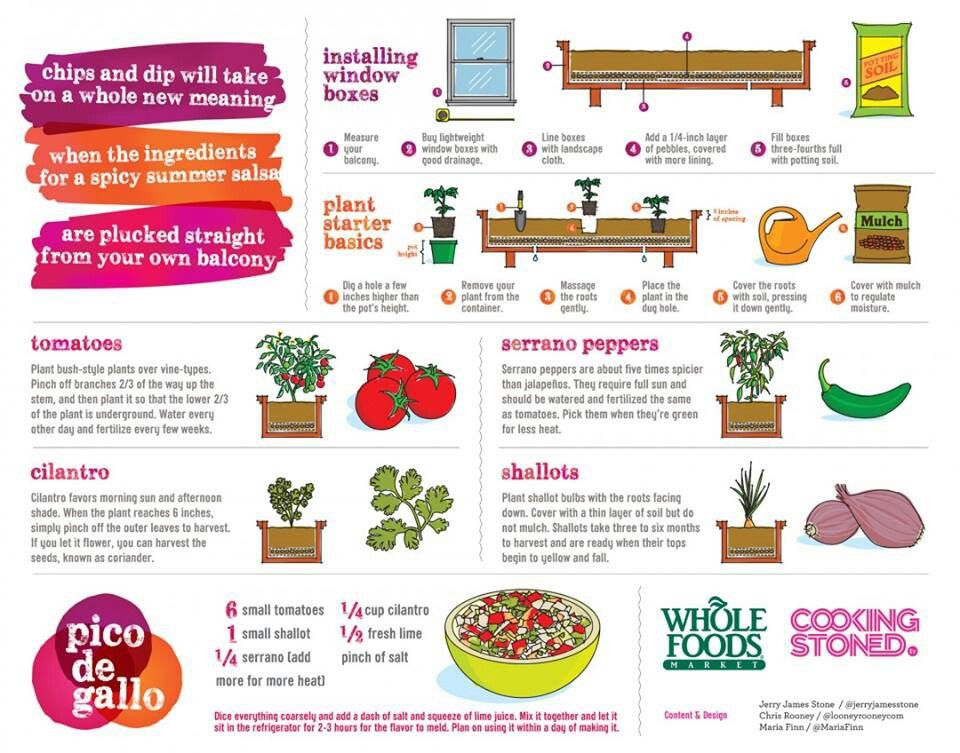
- Fennel - is quite a poor companion for many vegetables and will inhibit the growth of tomatoes.
- Aubergines - are in the nightshade family, like tomatoes, and are all susceptible to blight.
(Image credit: Becky Searle)
Why do you plant marigolds with tomatoes?
You plant marigolds with tomatoes because they are fantastic for tomato companion planting.
According to Bob Lawson from Kellogg Garden you should: 'Scatter vibrant marigolds in your vegetable garden. Not only do they add color and cheer, but they can counteract root rot on tomato vines caused by destructive nematodes, tomato worms, and slugs.'
Do peppers and tomatoes grow well together?
Peppers and tomatoes will happily grow alongside each other. However, 'it's important to bear in mind that growing plant members of the Nightshade or Solacaceae families together can increase the risk that disease will spread among them,' advises Nick Welsh from Seed Craft .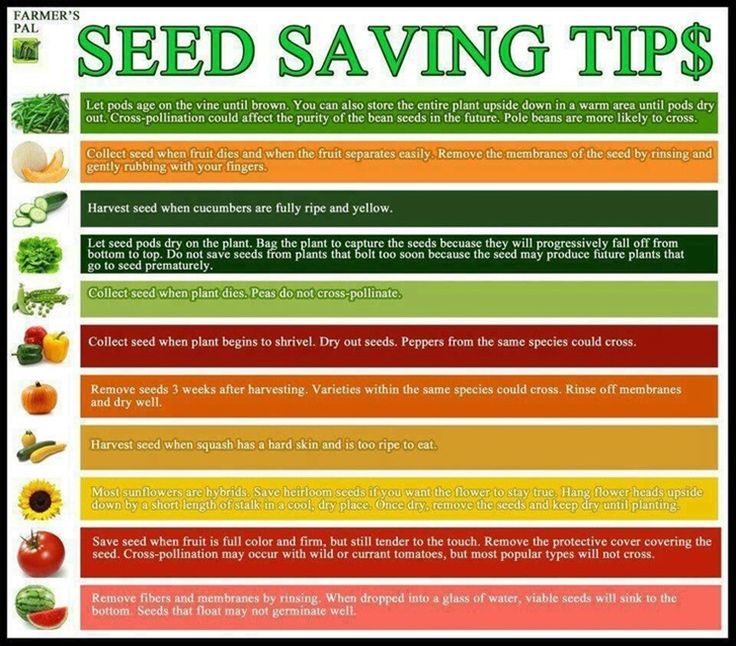
This is especially true if you grow peppers and tomatoes in the same bed together and something you should keep an eye on.
(Image credit: Getty Images)
Can two tomato plants be planted together?
Tomato plants will grow happily alongside each other, as long as they have the correct amount of spacing between one another.
Tomato plants should be spaced about two feet from one another in order to allow each plant the ability to receive the nutrients it needs to grow strong. This spacing also helps to protect against fungal diseases such as blight which is easily spread between plants.
Rachel is senior content editor, and writes and commissions gardening content for homesandgardens.com, Homes & Gardens magazine, and its sister titles Period Living Magazine and Country Homes & Interiors. She has written for lifestyle magazines for many years, with a particular focus on gardening, historic houses and arts and crafts, but started out her journalism career in BBC radio, where she enjoyed reporting on and writing programme scripts for all manner of stories. Rachel then moved into regional lifestyle magazines, where the topics she wrote about, and people she interviewed, were as varied and eclectic as they were on radio. Always harboring a passion for homes and gardens, she jumped at the opportunity to work on The English Home and The English Garden magazines for a number of years, before joining the Period Living team, then the wider Homes & Gardens team, specializing in gardens.
Rachel then moved into regional lifestyle magazines, where the topics she wrote about, and people she interviewed, were as varied and eclectic as they were on radio. Always harboring a passion for homes and gardens, she jumped at the opportunity to work on The English Home and The English Garden magazines for a number of years, before joining the Period Living team, then the wider Homes & Gardens team, specializing in gardens.
What can be planted next to tomatoes in the greenhouse and outdoors
What to plant next to tomatoes is not an idle question. The volume and quality of the future harvest sometimes directly depends on the neighbors in the garden. If you choose the right options for garden crops for joint plantings, the plants will grow healthier and stronger - checked!
Even if you do not have the goal of saving space on the plot (in the greenhouse) and your own forces for processing the beds, you should carefully approach the issue of selecting neighboring crops.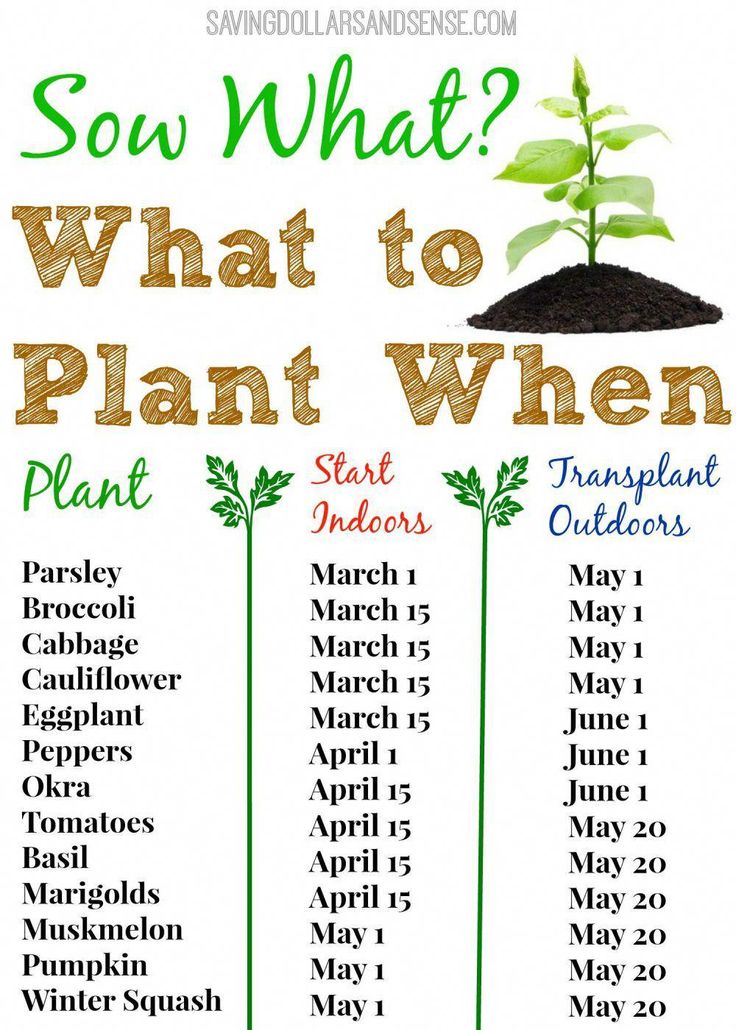 Firstly, so that they do not exchange the same diseases and pests, and secondly, so that they do not oppress each other. In the best case, properly selected companions will even help neighboring plants, creating a kind of symbiosis in the garden. nine0003
Firstly, so that they do not exchange the same diseases and pests, and secondly, so that they do not oppress each other. In the best case, properly selected companions will even help neighboring plants, creating a kind of symbiosis in the garden. nine0003
What can be planted with tomatoes outdoors
So, what to plant next to the tomatoes in the same garden? For example, legumes ( beans or beans ), which will enrich the soil and improve its structure. In general, this applies to the neighborhood of tomatoes with almost any green manure - mustard (and it will also help against late blight and scab), phacelia, cereals .
Perfect combination of tomatoes and greens - all types lettuce, parsley, celery, onion, spinach, asparagus, sorrel ... But with umbrellas (dill, fennel) and lemon balm, it is better to avoid the neighborhood of tomatoes.
It's also a good idea to surround tomatoes with herbs: plant thyme, sage, mint, basil . By the way, ordinary nettle and borage (borage) repel soil pests, extend the shelf life of fruits and even improve the quality of tomato juice! In general, almost any herbs and green crops help tomatoes suffer less from harmful insects. nine0003
By the way, ordinary nettle and borage (borage) repel soil pests, extend the shelf life of fruits and even improve the quality of tomato juice! In general, almost any herbs and green crops help tomatoes suffer less from harmful insects. nine0003
Is it possible to plant cabbage next to tomatoes? Yes, provided that it is head and early (for example, varieties Nakhodka, Express, Miracle ultra-early ). Cabbage seedlings are planted in the garden in the spring, with a distance between rows of at least 1.5 m. And when it finally gets warmer, between plantings you you can place tomato seedlings, which will feel great.
By the way, with such a neighborhood you will please not only tomatoes, but also cabbage itself - cabbage butterflies do not like neighborhoods with nightshade, which means that your crop will remain untouched. nine0003
Such plantings can also be "diluted" with onions and garlic , which will not only fit perfectly into the company of cabbage and tomatoes, but will also release phytoncides, protecting all neighbors from phytophthora.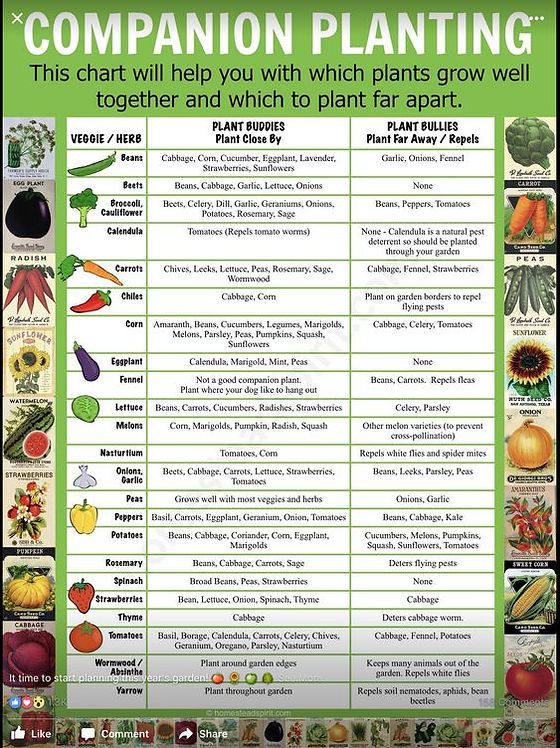
Suitable for the neighborhood with tomatoes and "imposter", it is also Peking cabbage , which is actually one of the subspecies of turnip. Pekinka will feel great as a planting compactor "at the feet" of tomatoes.
But peas, cauliflower, broccoli and kohlrabi are not the best neighbors for tomatoes. nine0003
Plant marigolds in a bed with tomatoes (or even around the perimeter of the entire garden), they perfectly repel insect pests.
Root crops - carrots, radishes and beets - also get along well with tomatoes even on the same bed.
Good "partners" for tomatoes are also gourds - melons and watermelons , unless of course your site allows you to grow such light and heat-loving wonders. For our latitudes, tomatoes are more likely to be adjacent to another representative of this group - from pumpkin , with whom they also have a great relationship.
An interesting idea would be the combined planting of tomatoes and early strawberries - and save space, and get two crops from one garden bed (both berries and vegetables). Just make sure that the selected variety of tomatoes is not too tall and does not take away all the sunlight from the strawberries.
Just make sure that the selected variety of tomatoes is not too tall and does not take away all the sunlight from the strawberries.
It must be understood that tomatoes can not only benefit from neighboring plants, but they themselves can be excellent partners. For example, when planting tomatoes next to berry bushes ( currant, gooseberry ) they will drive away the moth and sawfly from the last.
And if you plant tomatoes near bird cherry , then it will scare away the nightshade scoop.
Today there are many varieties and varieties of all the above crops. Consider their characteristics (ripening time, growth and size of the plant) so that they "like the tomato" as the main crop.
The most unfortunate neighbors for tomatoes are potatoes and corn. At a minimum, all of them are very demanding on nutrients in the soil, which means that they will simply be strong food competitors. Secondly, they either have the same diseases in their "history" (late blight), or suffer from the invasion of the same pests (Colorado potato beetle, cotton scoop, wireworm), which they can "exchange".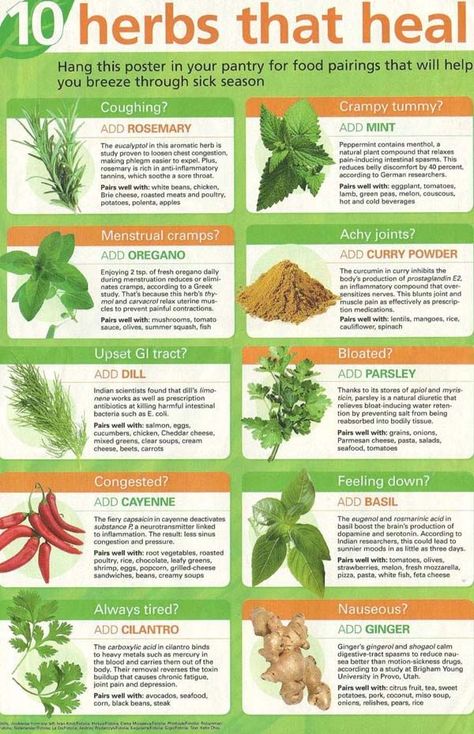 nine0003
nine0003
What to plant next to tomatoes in a greenhouse
To grow tomatoes in a closed room with its own microclimate, and even with neighbors, you need to clearly remember the requirements of the main crop. Tomatoes prefer good lighting (however, cloudy weather is not critical for them), moderate air temperature, frequent airing, regular fertilizing and watering under the root. When choosing greenhouse neighbors, you need to focus on plants with similar requirements. When deciding what else can be planted in a greenhouse along with tomatoes, you also need to take into account the size of the room, the material of the roof and walls, the presence of additional doors and vents. nine0003
So, with what you can plant tomatoes in a greenhouse. According to the above example with the open ground option, in the greenhouse, for starters, in the same way, before planting tomatoes, early and fast-growing crops can be densely sown - onions and garlic for feathers, lettuces, radishes, kale . When the time comes for seedlings of tomatoes, just make room for them among these crops and for at least a month you will be able to harvest "pioneers" while the tomatoes are just developing. nine0003
When the time comes for seedlings of tomatoes, just make room for them among these crops and for at least a month you will be able to harvest "pioneers" while the tomatoes are just developing. nine0003
What else? Almost all the same crops that we described above, if you prefer to grow them in a greenhouse - gourds, legumes, greens, cabbage, strawberries, spicy herbs ... The main thing is not to forget to tie tall and voluminous tomato bushes so that they do not obscure from the sun of smaller brothers in the greenhouse.
Consider some of the most frequently asked questions about the possible neighbors of tomatoes in the greenhouse.
Is it possible to plant tomatoes and cucumbers side by side
Cucumbers and tomatoes in a greenhouse, in principle, do not interfere with each other. The main problem may be their different microclimate requirements. Judge for yourself.
Tomatoes :
- prefer moderate temperatures and dry air,
- require regular ventilation of the greenhouse,
- very picky about fertilization,
- love root watering.

Cucumbers :
- prefer high temperatures and high humidity,
- do not tolerate drafts,
- may well do without other plentiful dressings, provided that organic matter is applied in a timely manner,
- love abundant watering and sprinkling.
Therefore, if possible, it is better to settle these crops in different greenhouses or take the cucumbers into the open ground under the film.
Is it possible to plant peppers next to tomatoes
Tomatoes and peppers have quite similar requirements for humidity and temperature conditions in the greenhouse. In addition, peppers, like tomatoes, need a garter. So a common trellis is quite suitable for them - at a height of about 2 m, stretch the wire.
Tomatoes will also help repel aphids that love peppers.
However, peppers and tomatoes belong to the same family (Solanaceae), which means that they share the same diseases and pests, which will perfectly roam from one crop to another.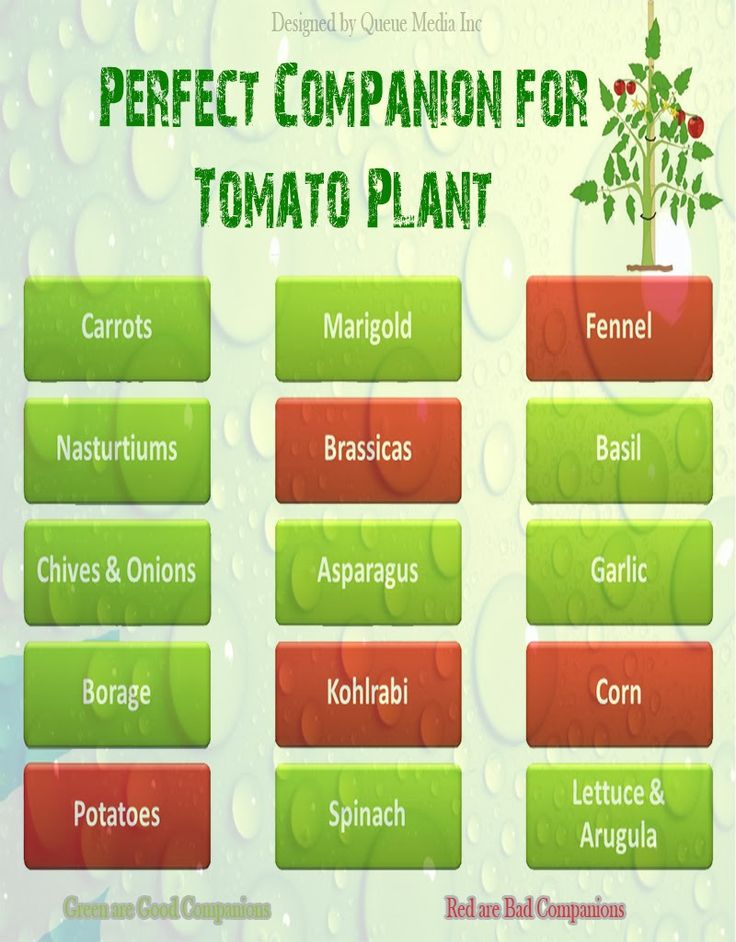 If you are able to provide good protection against insects and infections for both, feel free to plant these plants together (a checkerboard pattern is recommended). The presence of marigolds around the perimeter of the structure will also help. nine0003
If you are able to provide good protection against insects and infections for both, feel free to plant these plants together (a checkerboard pattern is recommended). The presence of marigolds around the perimeter of the structure will also help. nine0003
Just remember that both cultures love the light, so do not thicken the plantings, and also tie the plants in time and correctly.
Can eggplants be planted next to tomatoes
The main problem of joint cultivation of tomatoes and eggplants in a greenhouse is the same as in the previous case - common diseases and pests of the same family.
Their microclimate requirements are not particularly similar:
- eggplant needs much more light for full development,
- eggplant is a more thermophilic crop than tomato,
- eggplant likes much more humid air than tomatoes,
- Eggplant needs more moisture when watering.
Therefore, if possible, avoid growing these crops in the greenhouse at the same time.
If this is not possible (this also applies to the case with cucumbers and peppers), and you are determined to grow both plants this season, try to optimize their place of residence, somehow delimit the territory of the greenhouse into areas with different microclimates . This can be done using self-made (plywood, plastic film, non-woven material) or industrially (special modules) partitions. It is also good to separate crops into separate beds - heat-loving ones are planted away from the entrance and drafts, and tomatoes are placed closer to the greenhouse doors. nine0003
In any case, placing crops that are not very compatible in the same greenhouse, be prepared for a slight decrease in the yield of each of them.
And, of course, if you are waiting for a plentiful harvest, growing tomatoes in a greenhouse, you should remember not only about their neighbors, but also about the rules for caring for them and competent agricultural technology.
In any case, each plot or greenhouse has its own size, soil, microclimate . .. Even if you follow the above recommendations, keep in mind that they are quite general. Only your personal experience and observations of your own plants will help you choose the right growing method. nine0003
.. Even if you follow the above recommendations, keep in mind that they are quite general. Only your personal experience and observations of your own plants will help you choose the right growing method. nine0003
Information about what can be planted with tomatoes will not be complete without knowing what should not be planted with them in any case. Find the best way to combine plants in the garden and enjoy a great harvest!
90,000 plants that can and cannot be planted with tomatoes07 07.18
Author: Alla
2 Comments
- 1. Satellites for tomatoes
- 2. Planting a company near tomatoes
- 3. Herbal plants and herbal plants and herbal plants and herbal flowers
- 4. Plants not to be planted with tomatoes
Tomatoes are one of the most popular crops to grow in the home garden, sometimes with less desirable results. To increase yields, you can try planting friendly plants next to the tomatoes. Fortunately, in the case of tomatoes, there are many suitable companions.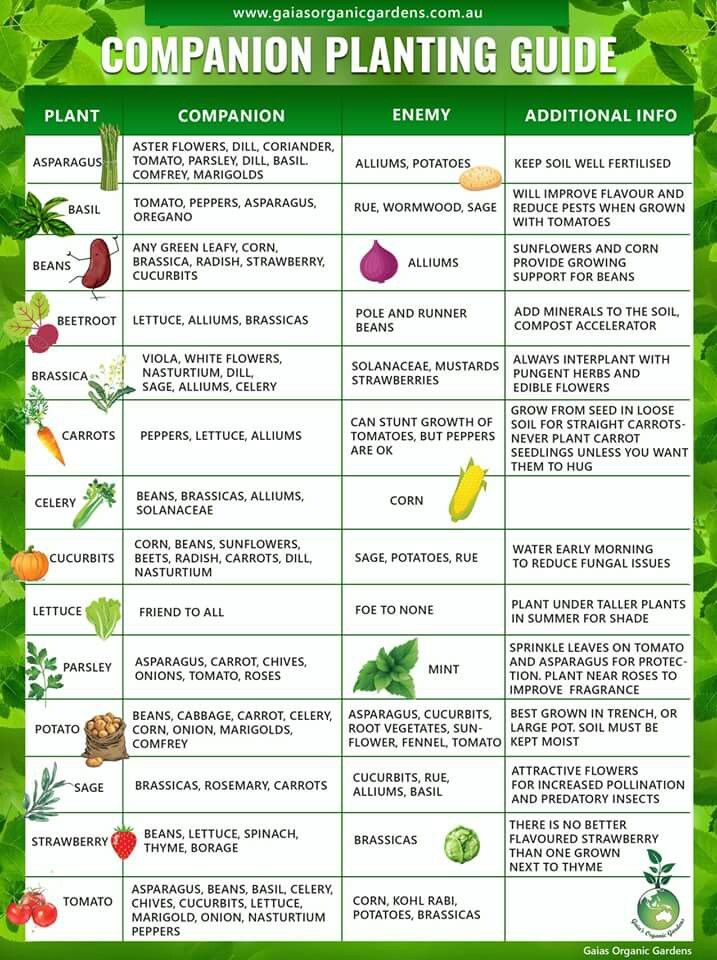
Tomato Companions
Planting companions is a form of polyculture, or the use of multiple crops in the same space for the mutual benefit of everyone, just as people benefit from those with whom we interact. These benefits include controlling pests and diseases, aiding in pollination, and providing shelter for beneficial insects, all of which increase crop yields. nine0003
Planting companions also increases the diversity of the garden, just as the diversity of mankind has increased with different ethnic groups, religions and cultures. This convergence brings out our strengths, but it can also bring out our weaknesses. The same is true when growing companions for tomatoes. The right plants for tomatoes will create a healthier plant with better yields. The wrong plants can cause disastrous results.
Companion plant next to tomatoes
Plants that grow with tomatoes may include vegetables, herbs and flowers. Vegetables that grow well with tomatoes include all members of the onion family such as green onions, onions, and garlic. Their pungent odor is said to deter insect pests.
Their pungent odor is said to deter insect pests.
Peppers, both sweet and spicy, are excellent companions for tomatoes. Probably because they are relatives - both from the nightshade family. Many types of greens such as spinach, lettuce and arugula benefit from tomatoes and benefit from the shade provided by taller tomato plants. nine0003
Carrots are also among the plants that grow well with tomatoes. Carrots can be sown when the tomato plants are small, but they will grow together. Asparagus and tomatoes planted together also benefit mutually. For tomatoes, the proximity of asparagus is beneficial against nematodes, and for asparagus, the proximity of tomatoes repels beetles.
Herbal plants and flowers
Borage herb repels tomato hornworm from tomato bushes. Parsley and mint are also good companion herbs for tomatoes and keep a number of pests at bay. Basil is also a favorable plant to grow alongside tomatoes and is claimed to increase not only the strength of the tomatoes but also their flavor.